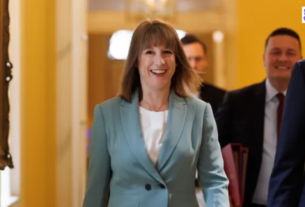LONDON, The UK’s unemployment rate has CLIMBED to 4.5%, up from 4.2% since the last general election, sparking renewed debate over the Labour government’s handling of the economy.
The Office for National Statistics (ONS) released the data this morning, confirming the highest jobless rate since late 2021. The rise though modest marks a reversal from the declining trend seen throughout 2023 and early 2024, raising concerns about a cooling labour market.
Economists point to multiple factors, including slowing private sector hiring, persistent inflation, and business uncertainty linked to global supply chain shifts and energy market volatility.
Shadow Chancellor Rachel Reeves defended the government’s performance, stating,
“We inherited an economy in crisis. These short-term fluctuations are expected as we lay the foundation for long-term, stable growth.”
But Conservative Party leader Rishi Sunak quickly seized on the data as a sign of policy failure.
“This is what happens when you punish small businesses with overregulation and higher taxes. Hardworking people are paying the price,” he said in a statement.
Sectors hit hardest by the job losses include retail, hospitality, and construction, with some analysts warning that further layoffs could be coming if consumer spending continues to contract.
The Trades Union Congress (TUC) has called for immediate intervention, including job retention schemes and targeted support for struggling industries.
“We cannot afford to sleepwalk into another employment crisis,” said TUC General Secretary Paul Nowak.
Meanwhile, small business groups are demanding tax relief and incentives to stimulate hiring, warning that without urgent action, confidence could continue to erode.
This development adds pressure on Chancellor Reeves, who is already contending with demands to explain slow GDP growth and rising household debt.
The government is expected to issue a formal response to the ONS report in Parliament later this week.




